A new chip re-creates the human vagina’s unique microbiome.
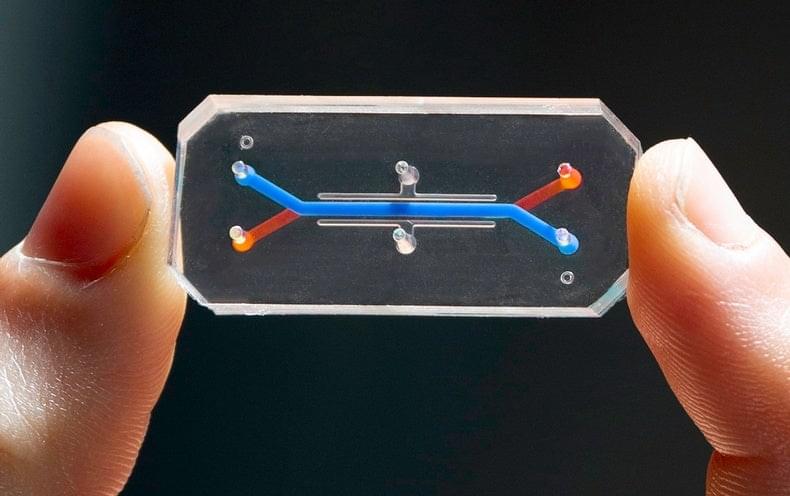

Will there ever be a time when the human brain and its cognitive abilities will be replaced by a computer.
Can the forms of calculations that are found in a computer be able to go beyond the capacity of the neurons that are found in our own brains.
The age of singularity is where the human brain will be replaced by computers people like elon musk & Ray Kurzweil believe because of technology the future will be a heaven like civilization.
#singularity #technology #science #sciencefacts
Imagine brain implants that let you control devices by thought alone—or let computers read your mind. It’s early days, but research into this technology is well under way.
Film supported by @mishcondereya.
00:00 — Are brain implants the future of computing?
00:58 — Headsets are changing how brains interact with the virtual world.
02:24 — What is a brain computer interface?
03:24 — What’s holding this technology back?
04:00 — How wearable BCIs can read your mind.
06:27 — How BCIs physically alter the brain.
07:17 — Invasive brain implants.
09:14 — The first human cyborg.
09:51 — What’s next?
Sign up to our science newsletter to keep up to date: https://econ.st/3Mn3IR3
Read our Technology Quarterly on fixing the brain: https://econ.st/3rTay7o.
What does a brain-computer interface feel like? https://econ.st/3z07haD
Biophysist and Biochemist Dr. Maximilian Plach talks about a groundbreaking new technology for editing genes, called CRISPR-Cas9. The tool allows scientists to make precise edits to DNA strands, which could lead to treatments for genetic diseases … but could also be used to create so-called “designer babies.” Max reviews how CRISPR-Cas9 works — and asks the scientific community to pause and discuss the ethics of this new tool. Max has earned his PhD in biophysics and computational biology at the University of Regensburg, Germany. He is now Chief Scientific Officer of 2bind, a dynamic and growing company focused on providing biophysical research services for biotech and pharma industries. It is therefore no wonder that Max closely follows the latest breakthroughs and developments in biotech and biomedical technology. He is a long viewer and listener of TED talks; the more exotic, the better. Or who doesn’t remember the talk about the world’s worst city flags? This talk was given at a TEDx event using the TED conference format but independently organized by a local community.
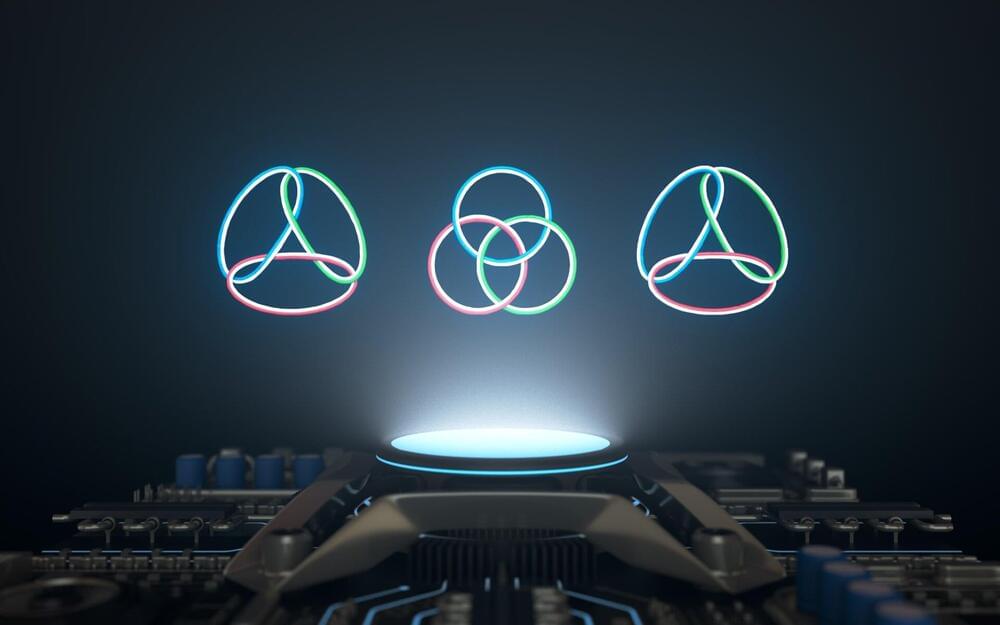
Scientists have shown how three vortices can be linked in a way that prevents them from being dismantled. The structure of the links resembles a pattern used by Vikings and other ancient cultures, although this study focused on vortices in a special form of matter known as a Bose-Einstein condensate. The findings have implications for quantum computing, particle physics and other fields.
The study is published in the journal Communications Physics.
Postdoctoral researcher Toni Annala uses strings and water vortices to explain the phenomenon: “If you make a link structure out of, say, three unbroken strings in a circle, you can’t unravel it because the string can’t go through another string. If, on the other hand, the same circular structure is made in water, the water vortices can collide and merge if they are not protected.”
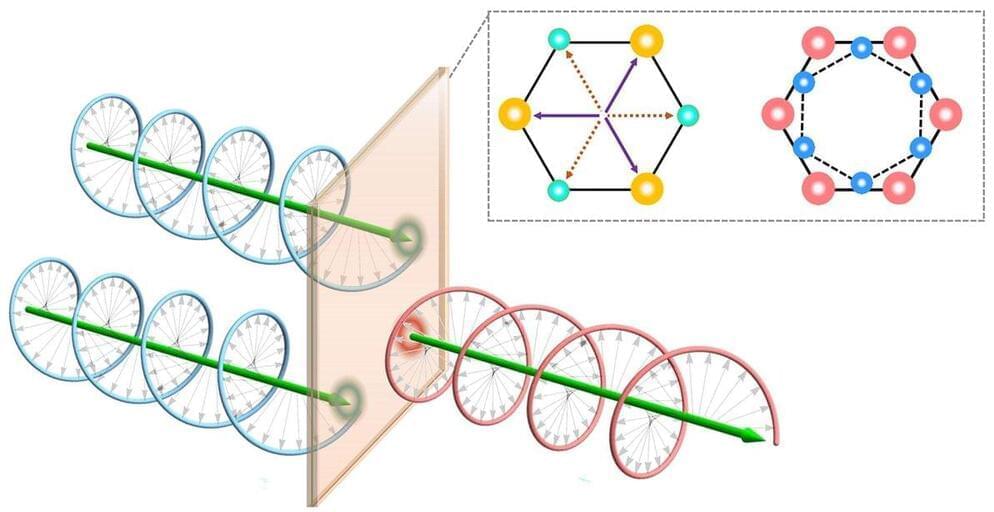
Synchron, a neurovascular bioelectronics medicine company, today announced publication of a first-in-human study demonstrating successful use of the Stentrode™ brain-computer interface (BCI), or neuroprosthesis. Specifically, the study shows the Stentrode’s ability to enable patients with severe paralysis to resume daily tasks, including texting, emailing, shopping and banking online, through direct thought, and without the need for open brain surgery. The study is the first to demonstrate that a BCI implanted via the patient’s blood vessels is able to restore the transmission of brain impulses out of the body, and did so wirelessly. The patients were able to use their impulses to control digital devices without the need for a touchscreen, mouse, keyboard or voice activation technology. This feasibility study was published in the Journal of NeuroInterventional Surgery (JNIS), the leading international peer-review journal for the clinical field of neurointerventional surgery, and official journal of the Society of NeuroInterventional Surgery (SNIS).
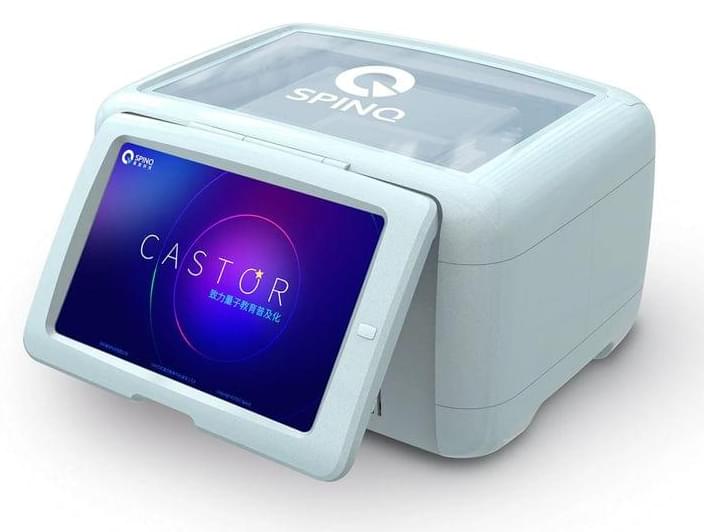
Switch-Science has just announced a trio of quantum computing products that the company claims are the world’s first portable quantum computers. Sourced from SpinQ Technology, a Chinese quantum computing company based in Shenzen, the new quantum computing products have been designed for educational purposes. The aim is to democratize access to physical quantum computing solutions that can be deployed (and redeployed) at will. But considering the actual quantum machinery on offer, none of these (which we’re internally calling “quantops”) are likely to be a part of the future of quantum.
The new products being developed with education in mind shows in their qubit counts, which top out at three (compare that to Google’s Sycamore or IBM’s 433-qubit Osprey Quantum Processing Unit [QPU], both based on superconducting qubits). That’s not enough a number for any viable, problem-solving quantum computing to take place within these machines, but it’s enough that users can program and run quantum circuits — either the integrated, educational ones, or a single custom algorithm.
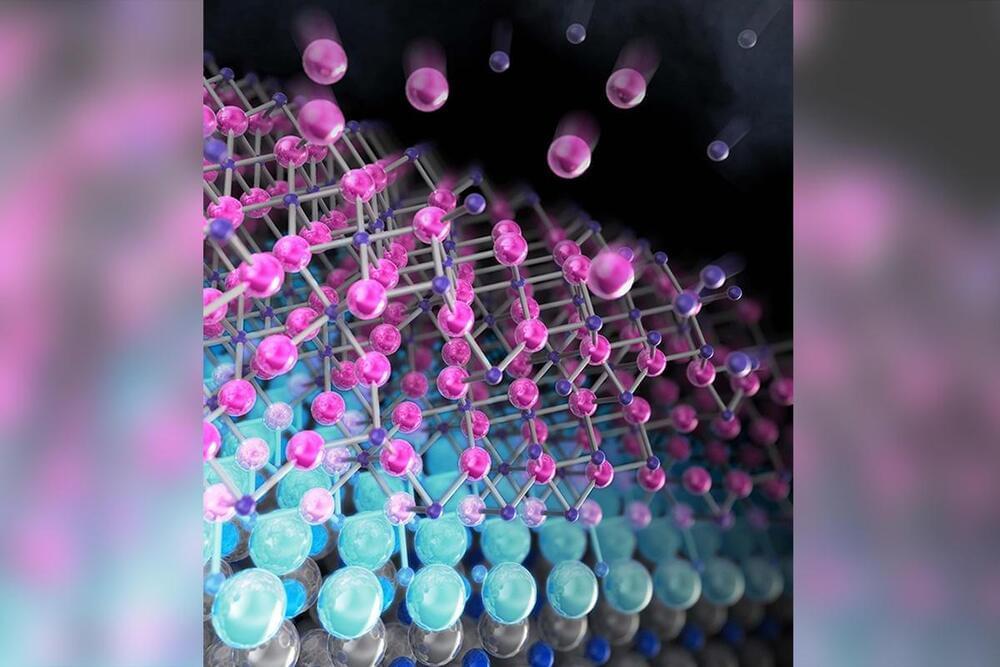
Computers that can use quantum mechanics’ “spooky” properties to solve problems quicker than existing technology may seem appealing, but they must first overcome a major obstacle. Scientists from Japan may have discovered the solution by demonstrating how a superconducting material, niobium nitride, can be added as a flat, crystalline layer to a nitride-semiconductor substrate. This technique could make it simple to manufacture quantum qubits that can be used with conventional computer devices.
Conventional silicon microprocessor manufacturing techniques have grown over decades and are continually being refined and enhanced. On the other hand, the majority of quantum computing.
Performing computation using quantum-mechanical phenomena such as superposition and entanglement.
Scientists from Ohio University, Argonne National Laboratory, and the University of Illinois at Chicago used scanning tunneling microscopy to form a charged rare earth molecule on a metal surface and rotate it clockwise and counterclockwise without affecting its charge.
Their findings open up new avenues for research into the atomic-scale manipulation of materials important to the future, ranging from quantum computing.
Performing computation using quantum-mechanical phenomena such as superposition and entanglement.